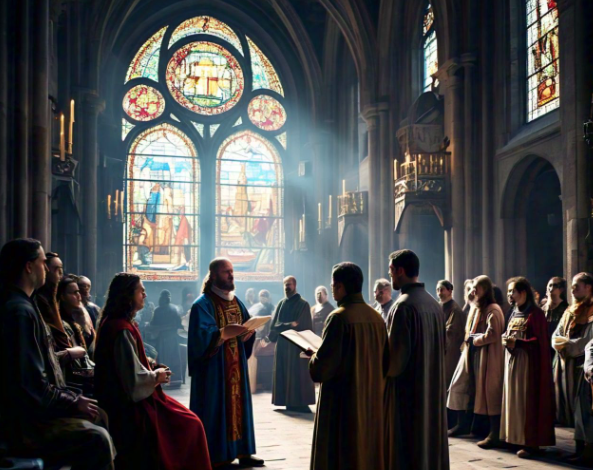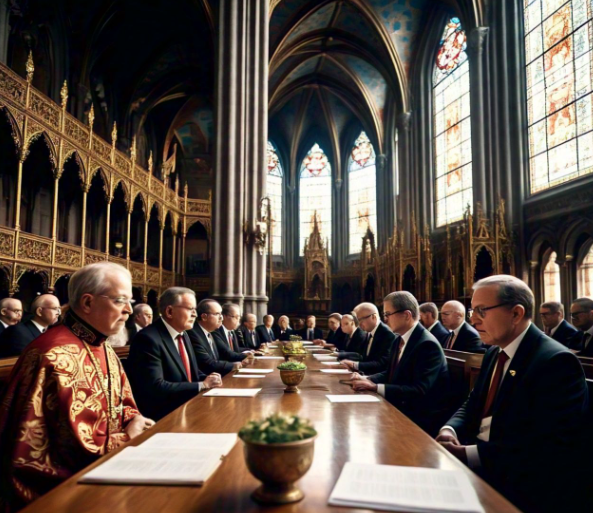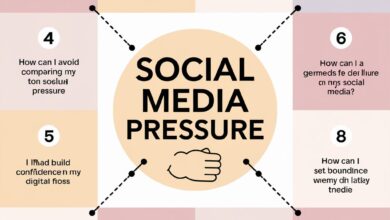How Did the Holy Synod Affect Social Mobility? Exploring the Impact on Society

How did the Holy Synod affect social mobility? This question delves into the significant role the Holy Synod played in shaping the movement of individuals across social classes. The Holy Synod, as a powerful institution, influenced social structures and helped define who could rise or fall within society. This impact was especially profound in areas like education, leadership, and church roles.
In many ways, the Holy Synod determined not only spiritual matters but also had a hand in people’s economic and social status. By controlling aspects of religion and governance, it helped shape the mobility of individuals based on their relationship with the church and their standing in society. Understanding this influence provides key insights into how certain groups could ascend while others remained stuck in lower social ranks.
What is the Holy Synod and How Did It Shape Social Mobility?
The Holy Synod was a group of religious leaders in the church who had great power over spiritual matters. They helped make decisions for the church and influenced people’s lives. How did the Holy Synod affect social mobility? It played a big role in shaping who could rise in social ranks and who stayed in lower positions. The Synod’s decisions affected people’s jobs, education, and even family life.
For a long time, religious leaders from the Holy Synod were the ones deciding how people moved up or down in society. They helped decide who could be promoted to better positions. Sometimes, the Synod helped people in lower classes get better jobs or higher education, but it also kept others in place.
The Influence of Religious Institutions on Social Class Movement
Religious institutions, like the Holy Synod, have always been powerful in many societies. How did the Holy Synod affect social mobility? It affected it by controlling who could be part of important social groups. In earlier times, your social class was often tied to your faith and relationship with the church. If you were close to the Holy Synod, you could gain more respect and opportunities.
In many ways, the Synod set the rules for social class movement. They had a lot of control over who could join higher classes. People who had close relationships with church leaders often moved up in life, while those who didn’t remained in lower ranks.
How Did the Holy Synod Affect Social Mobility in History?
In history, the Holy Synod helped create and control the social structure. How did the Holy Synod affect social mobility? By deciding who could be promoted, they shaped the lives of many individuals. People often had to follow the rules set by the church leaders in the Synod to rise in social status.
This historical influence had long-lasting effects. As societies became more connected with the church, the Holy Synod could control who moved in society. The Synod’s decisions were important, especially for those hoping to improve their social standing.
Exploring the Role of the Holy Synod in Determining Social Status
The Holy Synod wasn’t just about religion—it was about power, too. It decided who could move up or down the social ladder. How did the Holy Synod affect social mobility? The Synod held a lot of power over people’s lives, especially in determining social status.
In many cultures, the Holy Synod was more than just a religious group; it controlled education and jobs. People who followed the Synod’s teachings or had ties to the Synod were often able to move up the social ladder, while others didn’t have that chance.
The Holy Synod’s Impact on Education and Its Role in Social Mobility
Education has always been an important factor in social mobility. How did the Holy Synod affect social mobility through education? The Synod controlled many aspects of education in earlier times. Those who wanted better education often had to follow the rules set by the church.
By influencing education, the Synod helped decide who could achieve higher positions. It opened doors for some but kept others in lower social positions. Education became one way the Synod could shape society.
Social Mobility and the Power of the Church: How the Holy Synod Made a Difference

The church has always been a powerful institution. The Holy Synod, being a part of the church, held significant control over social mobility. How did the Holy Synod affect social mobility? By using its power, the Synod could create opportunities for some while limiting others.
The Synod used its influence to decide who had access to better jobs or higher social status. It wasn’t just about religion—it was about power and control over the people.
From the Past to the Present: How the Holy Synod Affected Social Mobility in Modern Times
How did the Holy Synod affect social mobility in modern times? While the church and Synod are less powerful today, they still influence society. The legacy of the Holy Synod still impacts social mobility, especially in countries where religion plays a big role.
In modern times, the influence of the Synod on social mobility has shifted. However, its past influence still affects how social classes are formed. People in some areas still experience limitations based on religious ties and historical practices.
Key Factors in Modern Social Mobility:
- Religion’s ongoing influence in certain societies
- Education and opportunities in church-run institutions
- The Synod’s continued role in shaping societal values
Conclusion
The Holy Synod had a big impact on social mobility throughout history. By controlling the church, the Synod helped decide who could move up or down in society. People who were close to the church or followed its teachings often had better chances to improve their social status. But, the Synod also kept many people in the same social position for a long time.
Today, the power of the Holy Synod isn’t as strong, but its influence still affects some communities. Even though things have changed, the history of the Synod’s influence on social mobility continues to shape how we think about society. It shows us how powerful institutions can influence our chances of moving up in the world.
FAQs
Q: How did the Holy Synod control social mobility?
A: The Holy Synod controlled social mobility by deciding who could get better jobs or higher social positions. People close to the church had more chances to move up.
Q: Did the Holy Synod help some people rise in society?
A: Yes, the Synod helped some people rise in social rank by offering them important church positions or education opportunities.
Q: Is the Holy Synod still important today?
A: The Holy Synod isn’t as powerful today, but its past influence still affects some societies and their social structures.
Q: Did everyone benefit from the Holy Synod’s influence?
A: No, not everyone benefited. Many people remained stuck in lower social classes if they didn’t have ties to the church.
Q: How does the Holy Synod’s history affect us today?
A: The Holy Synod’s history shows how powerful institutions can shape who gets opportunities in life. It helps us understand how social mobility has been influenced by religion.





